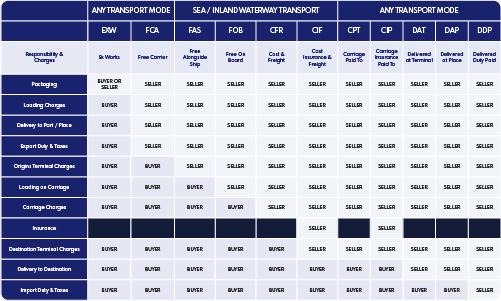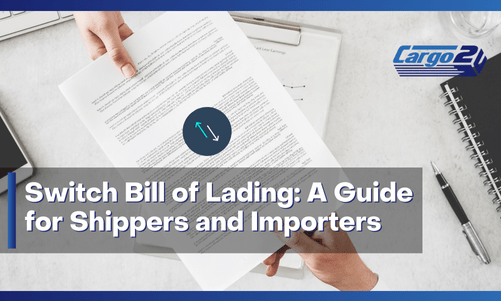
hbl vs mbl differences
HBL vs MBL: How They Work?
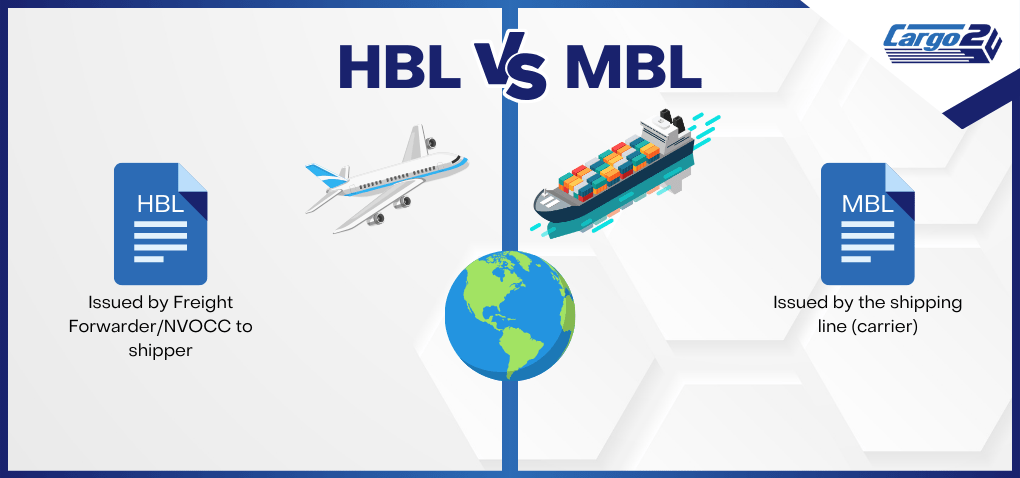
Today, as one of the best logistics service providers in Malaysia, Cargo2U would like to discuss the differences between HBL and MBL.
A bill of lading (B/L) is a document used in international trade that is given by a carrier to the shipper of goods. This document serves as a receipt for the goods being shipped and contains important information, such as the details of the shipper and consignee, the origin and destination of the goods, the quantity of goods being shipped, and the number of freight charges. It is also used for customs clearance and is one of the most important documents in international trade.
So, let’s dive into the difference between HBL and MBL. It’s an important topic, but don’t worry, we’ll break it down in a way that’s easy to understand.
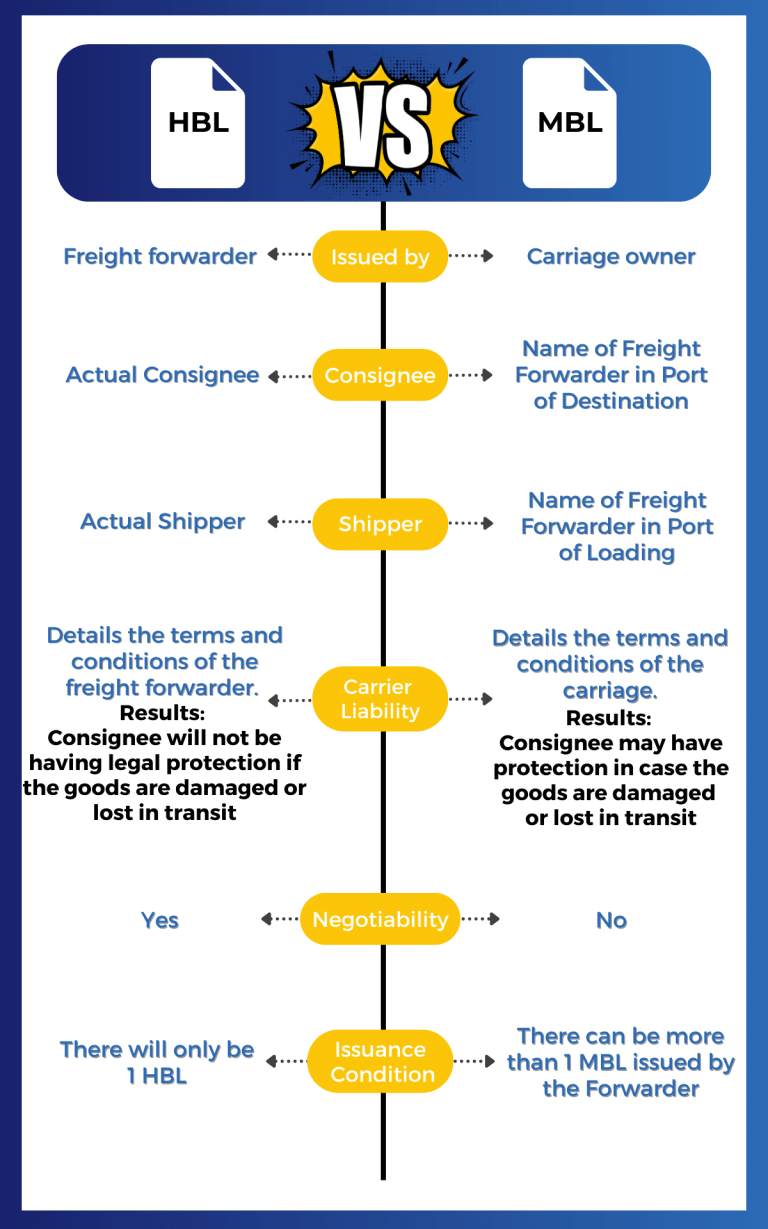
House Bill of Lading
A House Bill of Lading (HBL) is a document issued by a freight forwarder to their customers that serves as a receipt for the goods shipped, evidence of the contract of carriage, and a document of title.
Master Bill of Lading
A Master Bill of Lading (MBL) is a document issued by the Shipping Line (carrier) to the NVOCC operator or freight forwarder that serves as a receipt of the goods shipped, evidence of the contract of carriage, and a document of title.
HBL vs MBL: Pros and Cons
When it comes to shipping goods internationally, both House Bill of Lading (HBL) and Master Bill of Lading (MBL) have their own advantages and disadvantages. Let’s explore these together so you can choose the best option for your shipment.
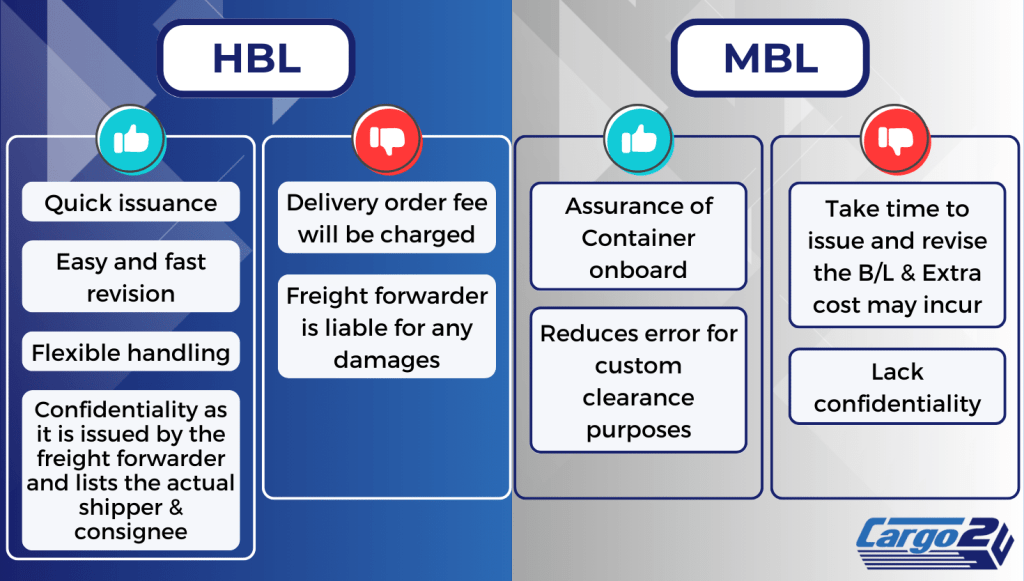
Cargo2U: Elevating Malaysian Logistics
Seeking professional guidance regarding House Bill of Lading or Master Bill of Lading? Your solution is Cargo2U. Consult with our team of experienced professionals today and explore a range of logistics services in Malaysia, including air freight, sea freight, haulage/haulier & transportation. Let’s navigate your logistics journey together with the added advantage of the cheapest ocean freight rates from Malaysia!



